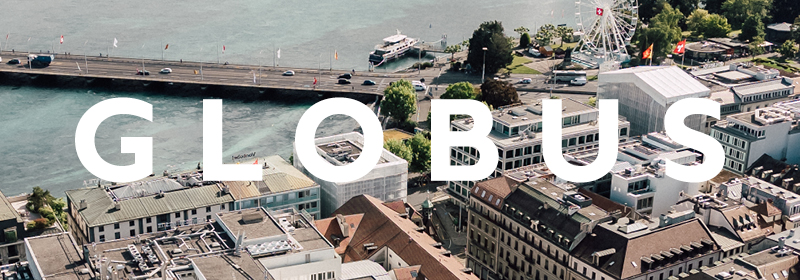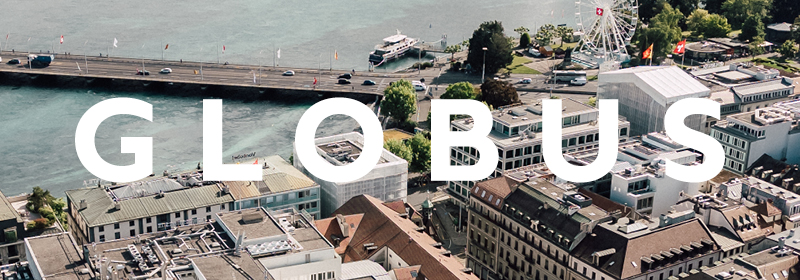
Fresh, high mountain air
Mission : 4,000 m
Of the 82 mountains in the Alps that peak at over 4,000 m, the Breithorn is one of the most accessible. No need to be an accomplished alpinist to reach its summit: the cable car from Klein Matterhorn will get you there in less than 2 hours.
The adventure begins at 3,883 m, with a vertigo-inducing view over the Alps from the cable car arrival station at Matterhorn Glacier Paradise. In view are 38 giants over 4,000 m high. The number of challenges they offer will ignite any conquering spirit. But while most of these summits require technical skill and lots of experience, some of them — especially the Breithorn (4,164 m) — are more approachable.
The ascent, rated as “medium”, begins with your skis on your feet and an ARVA airbag on your back — even here, precautions must be taken. At this altitude, the weather is notoriously capricious. Thick fog and blizzards, which shoot millions of ice shards into your skin, sometimes seamlessly follow clear, bright sunshine.
Ski touring initiation
On the backside of Klein Matterhorn, the Breithorn plateau spreads out like a vast and dazzling white ocean. The itinerary begins along the Gobba di Rolin T-bar lift, the highest lift in Zarmatt’s skiable area (3,899 m), across a long expanse in the axis of the peaks. Once you’ve crossed, the smooth knoll of the Breithorn beckons, stride after stride in the crystalline air.
This “large horn” hides a series of three summits spread over almost 2 km. The most western is the highest and the easiest to climb. In skis, the climb begins almost imperceptibly, with your skis facing the slope. Little by little, the slope begins to pick up, until it’s almost diagonal. Your thighs burn and your breath is short in the high altitude. Towards the east, the Italian Alps catch your eye.
Rookies often abandon their skis mid-climb, struggling to pack away their climbing skins in the wind before donning their crampons. Others push through until they reach the summit, which unfolds along a short and dizzying crest. Further down, the snaking trail of the Gorner Glacier is watched over by the Dufourspitze (4,634 m) on Monte Rosa, the highest peak in Switzerland.
2,500 m of altitude change
Towards the east, the Roccia Nera (Schwarzfluh) acts as a beacon. The Breithorn ends there, after winding along the Italian border at the height of the Schwarztor gap (3,725 m), which is known for its treacherous crevasses. Straight ahead, Pollux (4,089 m) mirrors its twin Castor (4,228 m). The rest is simply a delicate series of powder-filled bowls and wide curves printed in fresh snow — soon touching the Schwärze Glacier and its icy incisors that rise up suddenly like a toothless jawbone, spicing up the descent. Then the broad fold of the Gorner Glacier detaches itself from the white frozen river.
It’s time to make a choice. Do you quickly continue the descent or accept another sweaty session climbing 300 m to the legendary Monte Rosa mountain hut (2,883 m), which sparkles like a diamond on the high edges of the glacier?
The Gorner Gorge beckons, tracing a path of obstacles downstream, between large rocks and gleaming icy knolls within the darkness of the gorge. In spring, the sound of the freed, rushing water replaces the squeal of your skis, guiding skiers towards the mountains’ V that’s bathed in sunlight at its outlet. The rest is no more than ghostly larch trees and sometimes light snow, until you reach the Furi suspension bridge, its Alpine pasture, and then Zermatt.





















